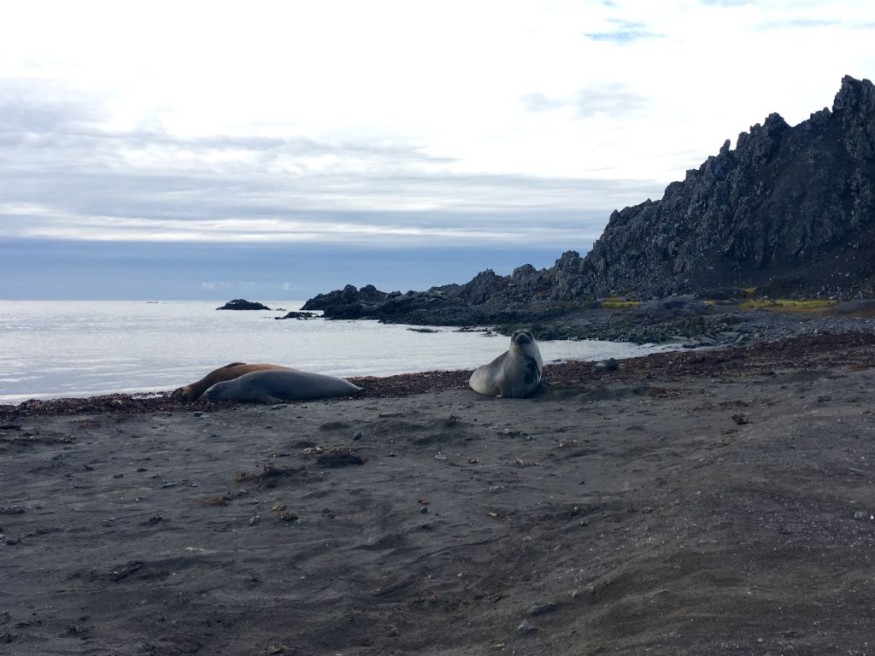
A direct survey of rivers and lakes under the vast Antarctic ice sheets reveals how sub-glacial river play out a major factor in understanding rising sea level.
A team of scientists set out an exploration to one of the least-explored parts of our planet to support an earlier research explaining the interaction between subglacial hydrology and the ocean.
The first direct survey called the Aotearoa New Zealand Antarctic Science Platform project explores explores the Kamb Ice Stream on the West Antarctic Ice Sheet (WAIS), a sleeping giant.
160 years ago, the massive river of Kambs used to flow fast on the other side of the WAIS from Thwaites Glacier, Antarctica's "doomsday" glacier, but ceased since the water distributed at the base of the ice changed. Although Kamb region isn't currently vulnerable to ocean warming, it offsets much of the ice loss elsewhere in the ice-covered continent.
Science Alert reports that these changes at Kamb "will herald major changes for Antarctica's ice sheets and oceans."
Challenges in exploring the under-ice river
The network of rivers and lakes hidden under ice became possible due to flow of heat underneath the earth's surface and insulating ice sheets above slowly deforming. As water lubricates the base of the ice sheets, the ice slides towards the ocean at speeds of many hundreds of meters per year.
A 2013 research published in GeoScience World suggests that these sub-glacial rivers form estuaries as they flow into the ocean, albeit at 82.5 degrees south, hidden under 500 meters (1,640 feet) of ice and about 500 kilometers (311 miles) from the open ocean.
One challenge faced by the Kamb team in the recent cexploration is that ice sheets respond to external changes, such as rising ocean temperatures. Also, the "difficult-to-predict internal changes", such as flood events that occur when sub-ice rivers and lakes "burst their banks" limits them.
In addition, the global pandemic has given national Antarctic programs and the field science they support a hard time.
Art in drilling through ice
According to a research article in The Royal Society, in reality, we melt our way through with recycled hot water.
"Accessing and sampling subglacial environments deep beneath the Antarctic Ice Sheet presents several challenges to existing drilling technologies. With over half of the ice sheet believed to be resting on a wet bed, drilling down to this environment must conform to international agreements on environmental stewardship and protection, making clean hot-water drilling the most viable option," the authors wrote.
"Such a drill, and its water recovery system, must be capable of accessing significantly greater ice depths than previous hot-water drills, and remain fully operational after connecting with the basal hydrological system."
On the site, the Kamb team was able to drill through the exact spot, a decade-research paid off.
Lastly, the team deployed ocean mooring instruments beneath the ice to report back on ocean conditions over the coming years.
© 2025 NatureWorldNews.com All rights reserved. Do not reproduce without permission.





